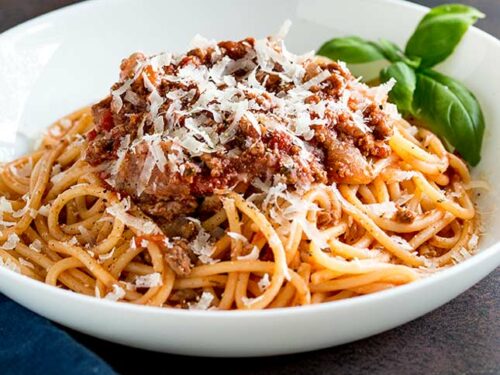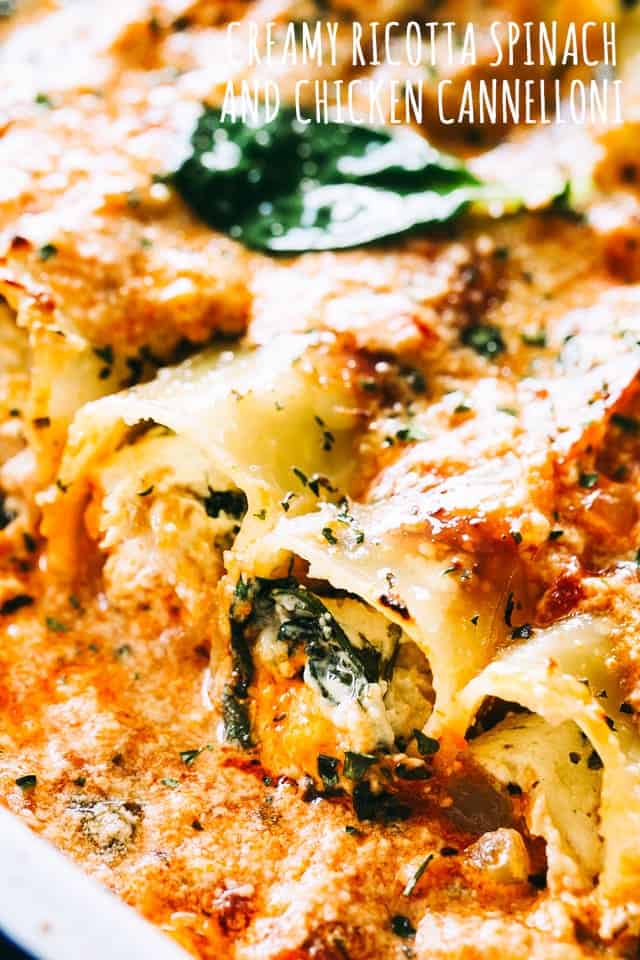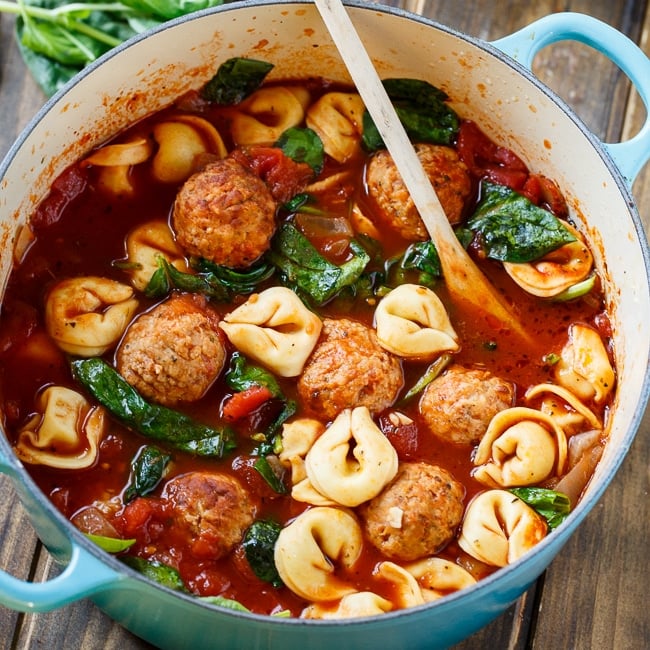 |
| Spaghetti Bolognese |
Spaghetti Bolognese; Seafood Linguine; Macaroni Cheese: It took me a long time to realise that these were composite meals and that Bolognese sauce could exist without spaghetti or that linguine could accompany things other than seafood. In fact, as a student, when not living exclusively on potatoes, I would make variants of a dish that incorporated spiral pasta (fusilli), onions, tuna, white sauce and turmeric; yes, it was a bit odd, and yes, it did leave yellow stains all over the kitchen.
I have since learned that there are over 600 pasta shapes, each with an individual history and gastronomical function. Some can be stuffed or used in soups; some are better suited for holding sauces in their ridges; others work well with baked dishes. They have evocative names which may refer to the region form which they originate (Linguine is from Italy's Liguria region - and, I was pleased to see, was created to be paired with seafood or pesto).
 |
| Strozzapreti pasta |
The names may be due to more exotic etymology, such as Strozzapreti, for example, which means 'priest-choker' or 'priest-strangler' in Italian. Apparently, this is not because the hand-rolled pasta typical of the Emilia-Romagna, Tuscany, Marche and Umbria regions resembles a rolled towel fit for the purpose, or even that the shape could be construed as a clerical collar, but because the pasta was so delicious that gluttonous priests ate it too fast and ended up choking themselves.
I have heard that by the time one becomes a responsible adult, there will be at least one type of pasta that you don't like. This is yet further evidence that I have not reached that stage of development yet, because I haven't got any particular dislikes. I do, however, have favourites.
 |
| Ricotta, spinach and chicken cannelloni |
5 Favourite Pastas:
- Bucatini - It resembles spaghetti but with a hollow centre. Ideal for holding sauces like cacio e pepe (cheese and pepper in other words), it produces a weird but pleasant sensation when sucking up the strands.
- Cannelloni - This cylindrical pasta is a filled noodle, baked and covered in sauce, that literally means 'large reed'. Basically, a tubular lasagne, it is popularly stuffed with spinach and ricotta or minced beef, and drenched in tomato sauce and Béchamel. I once made a recipe for 'cannelloni for a crowd', without reading through to the end of the recipe before I began. It was delicious but I ran out of pans in which to bake it, as it turned out to serve 12. Of course, the clue should have been in the name, but it was a good lesson to always read the complete recipe first before beginning the procedure (not necessarily something I have entirely learned so the words 'marinate overnight' can still strike dread into my heart).
- Conchiglie - I like the name; I like the shape; the shells come in a range of sizes and are wonderfully versatile allowing for thin and chunky sauces.
- Penne - A tubular pasta cut at an angle to resemble quills sounds incredibly artistic. It is excellent when cooked al dente and can be used in all manner of dishes from salads to casseroles.
- Tortellini - These circles of pasta are folded in half to form a semi-circle after the filling is added, and then twisted to form the shape of a little hat (much like wontons in Chinese cooking). A larger version of tortellini is called tortelloni and is the size of a walnut. Originally from the Emilia region of Italy, they are typically stuffed with a mix of meat or cheese and topped with light sauces or served in broth. They are similar to ravioli, but somehow seem more exotic, especially when called by their alternative name, ombelico, which means belly-button.
 |
| Meatball and tortellini soup |
No comments:
Post a Comment